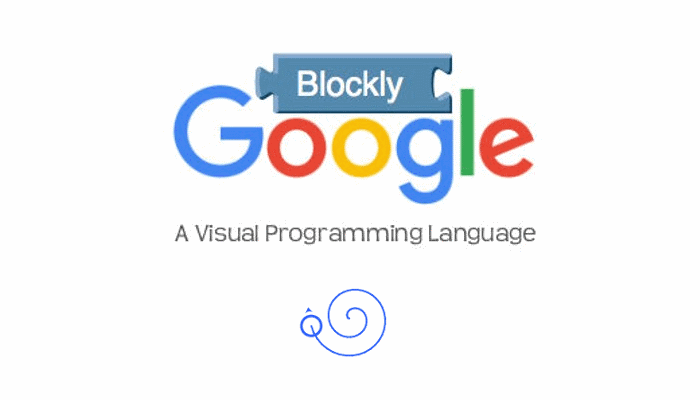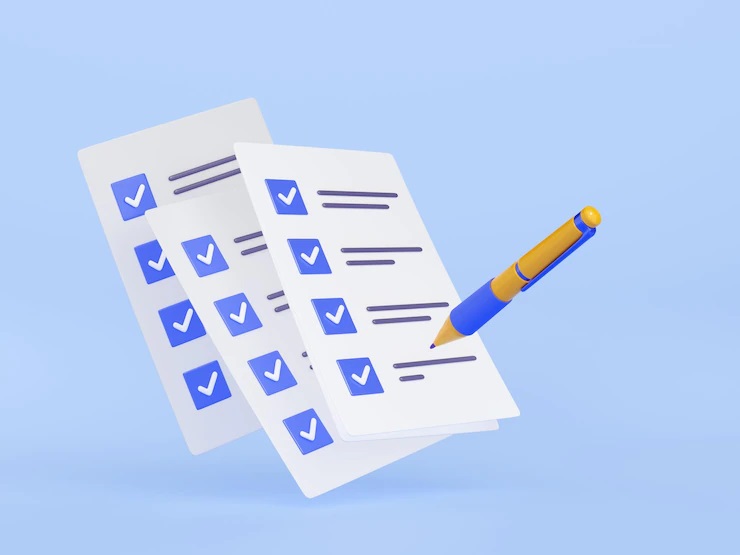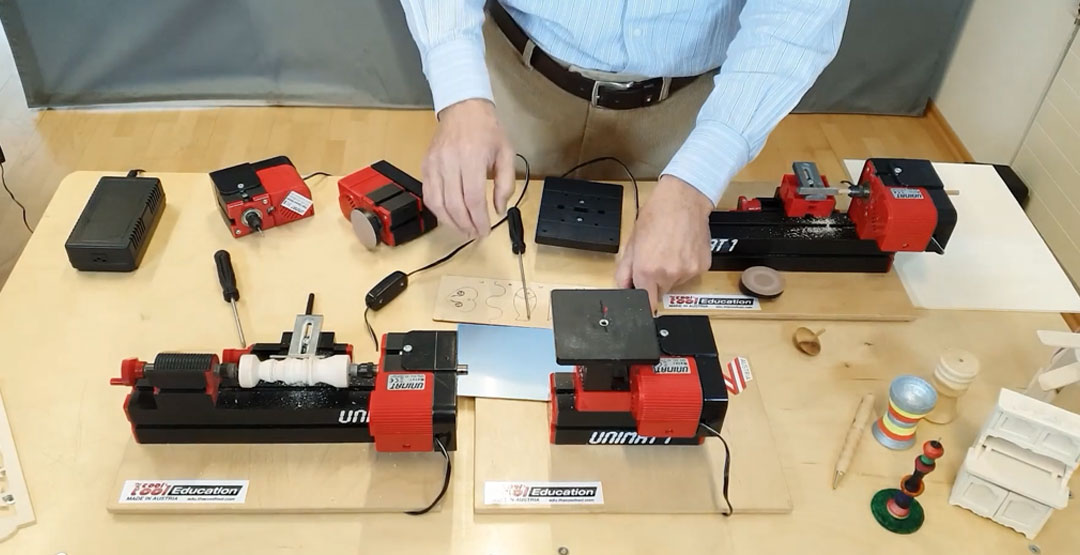
Phonics for Kids is Made Interesting under the Purple Mash Program
Phonics for Kids is Made Interesting under the Purple Mash Program
Purple Mash’s focus on enriching early childhood education is commendable. The period from birth to age 5 is indeed critical for a child’s brain development, as they undergo significant cognitive, social, emotional, and physical growth during these formative years. Providing a platform like Purple Mash that supports and enhances learning during this crucial time can have long-lasting benefits for young children. By offering age-appropriate activities and tools that include phonics for kids, Purple Mash helps preschoolers explore and engage with various learning experiences that foster their creativity, curiosity, and problem-solving abilities.
About Mini Mash
Mini Mash is a sub-module under the Purple Mash program, catering specifically to early learners. Mini Mash offers a safe and secure online environment where young children can explore and learn age-appropriate educational content. Mini Mash assists with a comprehensive range of subjects, including mathematics, English, phonics for kids, science, history, geography, religious education (RE), and art.
Covering Phonics as a part of Mini Mash
Teaching phonics enhances phonemic awareness, linking sounds and blending them for improved spelling & reading skills in children. Mini Mash offers digital phonics resources and games, providing young learners with interactive tools to develop their phonemic awareness. In Mini Mash, the letter and sound recognition journey begins with the following.
- Letter sounds slideshows: Fun and captivating introduction to phonics for kids include individual letter sounds, promoting letter-phoneme associations.
- Pair game: Entertaining matching game that reinforces letter recognition by finding and matching pairs of letters.
- Letter paint projects: Creative activity where young learners paint letters, enhancing letter-sound recognition skills by demonstrating their artistic talents.
- Sound Quizzes: Interactive assessments at various levels to test the child’s phonics knowledge and provide opportunities to enhance their scores with proper practice.
- Phase 2 & Phase 3 Cloze: Children fill in gaps for 3-letter CVC words, enhancing their ability to associate sounds with correct letter placement. This decoding challenge improves spelling retention and reinforces word recognition skills.
The digitized nature of all the activities in Mini Mash eliminates the need for paper usage and reduces the requirement for investing in physical materials. This eco-friendly approach contributes to a more sustainable and environmentally conscious learning experience for children, promoting a greener future. Encouraging students to use whiteboards allows for collaborative and hands-on learning, while individual tablets provide personalized practice opportunities.
Upon mastering Mini Mash, our young geniuses can progress to Purple Mash, where they embark on reading sentences and tackling more complex spellings. Purple Mash offers the next level of learning to further enhance their literacy skills. It offers an extensive collection of colorful compound word flashcards that captivate students’ interest and seamlessly guide them from Phase 2 to Phase 5 of phonics for kids. These visually engaging resources enhance the learning experience and facilitate smooth progression through different phases of development.
Serial Mash under the Purple Mash platform extends a fantastic opportunity for young readers to embark on their reading journey with age-appropriate libraries. The platform allows books to be scheduled and serialized, enabling children to continue their reading adventures at home. Additionally, online reading journals automatically keep track of their progress, cultivating a positive reading routine. With an extensive collection of over 200 books, Serial Mash ensures that every child finds something special in its well-curated library.









Recent Comments